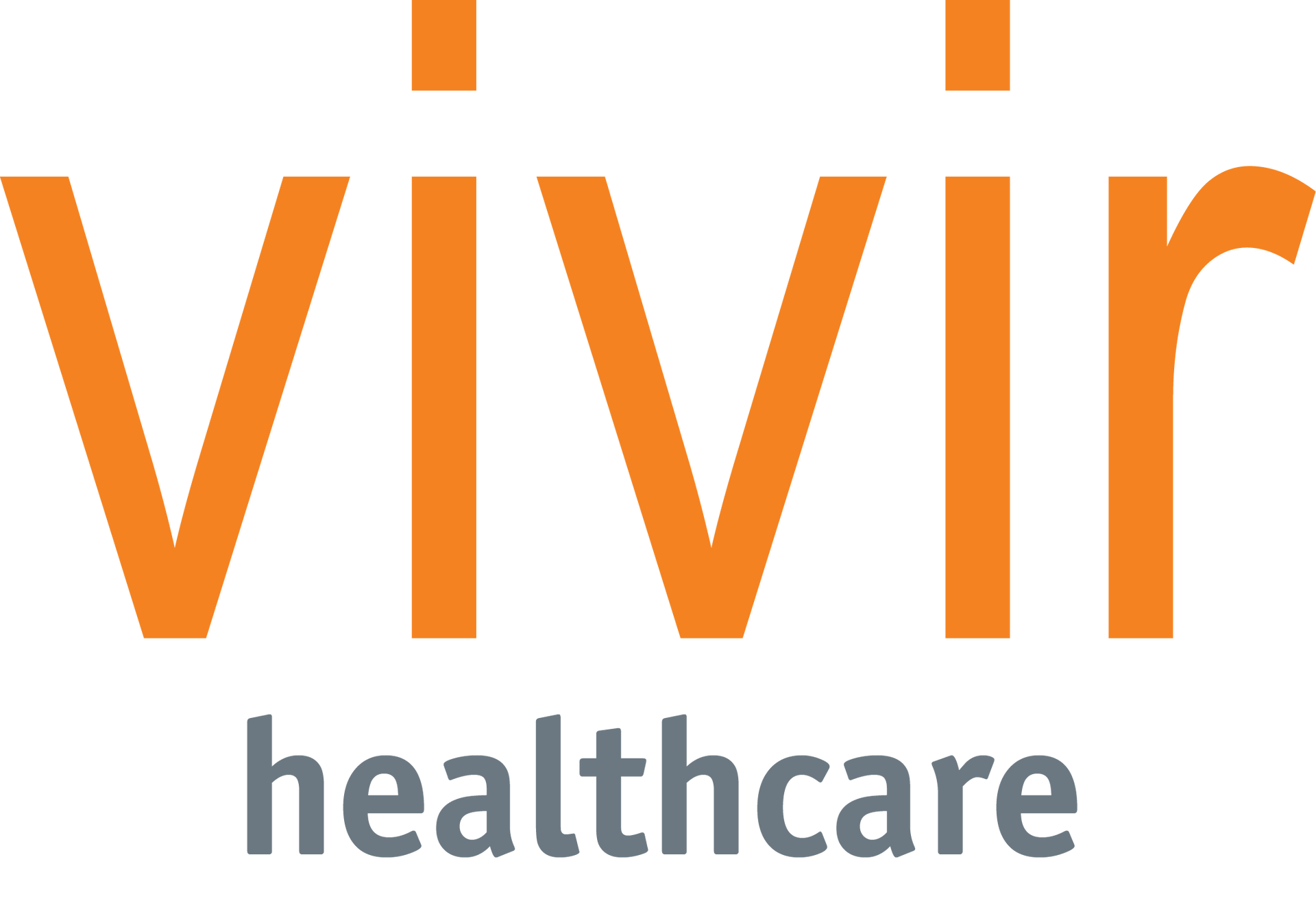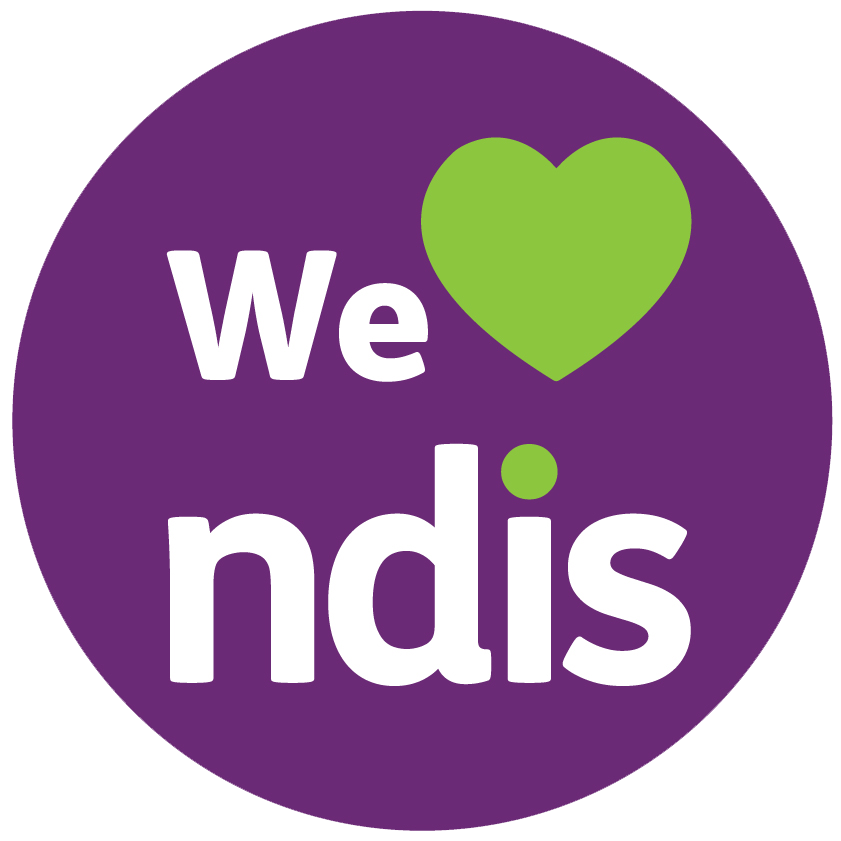What is a telehealth appointment and how does it work?
In recent years, telehealth appointments in Australia have emerged as a convenient and accessible way for people to access quality healthcare services. This innovative approach is especially significant in the field of allied healthcare, where providers like us at Vivir Healthcare can deliver physiotherapy, occupational therapy, and other essential allied healthcare services to our clients online.
What is a telehealth appointment?
A telehealth appointment is a healthcare consultation that does not need be conducted face to face but instead uses digital communication tools – commonly a phone call, or online using a video conferencing tool to have the appointment.
This method of seeking healthcare support and advice has grown to be very popular because not only is it beneficial for individuals who may not live close by to a healthcare facility that offers the support they need, but it also allows the right clinician to be available to best support the individual reach their goals.
Telehealth appointments are also beneficial for individuals with mobility issues, are vulnerable to illness or anyone seeking the financial convenience and flexibility of receiving care from home.
Online physiotherapy sessions
Our Physiotherapists can conduct online physiotherapy sessions where visiting clients in person may not be possible.
As per any face-to-face physiotherapy appointments, our physiotherapist will complete an initial consultation which includes gathering information about the individual’s medical history, current symptoms, and concerns. With the support of the individual’s family member or carer, holding the laptop or tablet that is being used for the video call, our physiotherapists will also complete a visual assessment online by observing the individual’s movement, posture, and function. The final part of the assessment will include completion of some outcome measures using digital forms or standardised tests which are used to document and track the individual’s progress. The initial consultation is also when our physiotherapists will set realistic and achievable goals in collaboration with the individual so that the treatment or injury management plan can be personally tailored and is aligned to the individuals’ goals.
Following the initial online physiotherapy consultation, follow-up sessions will be scheduled with the client via telehealth. During these sessions, the physiotherapist will go through personalised advice on self-management, treatment options for pain and may even provide demonstrations of exercises appropriate for the individual to do. A written home exercise programme will also be given to the individual which they will be able to follow in their own time.
Regular follow-up telehealth appointments will also be scheduled during which our physiotherapist can monitor exercises real time via video and provide feedback, or if required modify the physiotherapy exercises to suit the client. As the individual makes progress, the exercise regime would be adjusted to ensure the exercises are suitable for the level the individual is at. Our physiotherapist will continue to schedule regular online physiotherapy sessions until the individual reaches their goal and feels confident in their ability to complete self-management strategies by themselves.
Online occupational therapy sessions
Our online occupational therapy sessions work very similarly to our online physiotherapy sessions with the goal to best support the individual in maximising the individual’s functional independence at home so they can continue with their daily activities as independently as possible.
With the use of video telehealth, the occupational therapist can review the client within their home environment and make an assessment on how this may be placing them at risk or limiting their independence – for instance, a hard to access shower or steps without rails, and make recommendations for home modifications based off some simple measurements and photos. Occupational therapists can also make an assessment of the person and if any equipment would assist their safety, independence or quality of life at home. For example they may observe the individual having difficulties standing up or sitting down from an armchair and may lead them to recommend a riser or lift chair.
In the case of assessment of equipment provisions, it is really important for the individual to actively trial new equipment that would benefit them to ensure it really meets their needs and alternatives are considered. This can also be done via an occupational therapy telehealth trial session that includes the individual, their family or carers, the occupational therapist calling in via video call and a representative from an equipment supplier. This can be arranged either at home (if the client is house bound or you want to check a scooters ability to manage the local hills) or at a showroom (so the individual can try out a range of lift chairs). With the assistance of collaborative equipment supplier these trials are just as effective via video call as they are face to face.
Telehealth appointments with in-person support
We understand that technology can be challenging for some, which is why we've designed our Telehealth To You (TH2U) program. This telehealth service ensures individuals receive the best of both worlds: online healthcare appointments with our clinicians, supported by in-person assistance from our Allied Healthcare Assistants. In this program, our clinicians will conduct appointments virtually and one of our Allied Healthcare Assistants will visit the individual at home during the telehealth session and will bring a device that is internet-connected. They will offer technical support to help navigate the virtual appointment and provide clinical assistance to the leading clinician as needed, including taking measurements.








